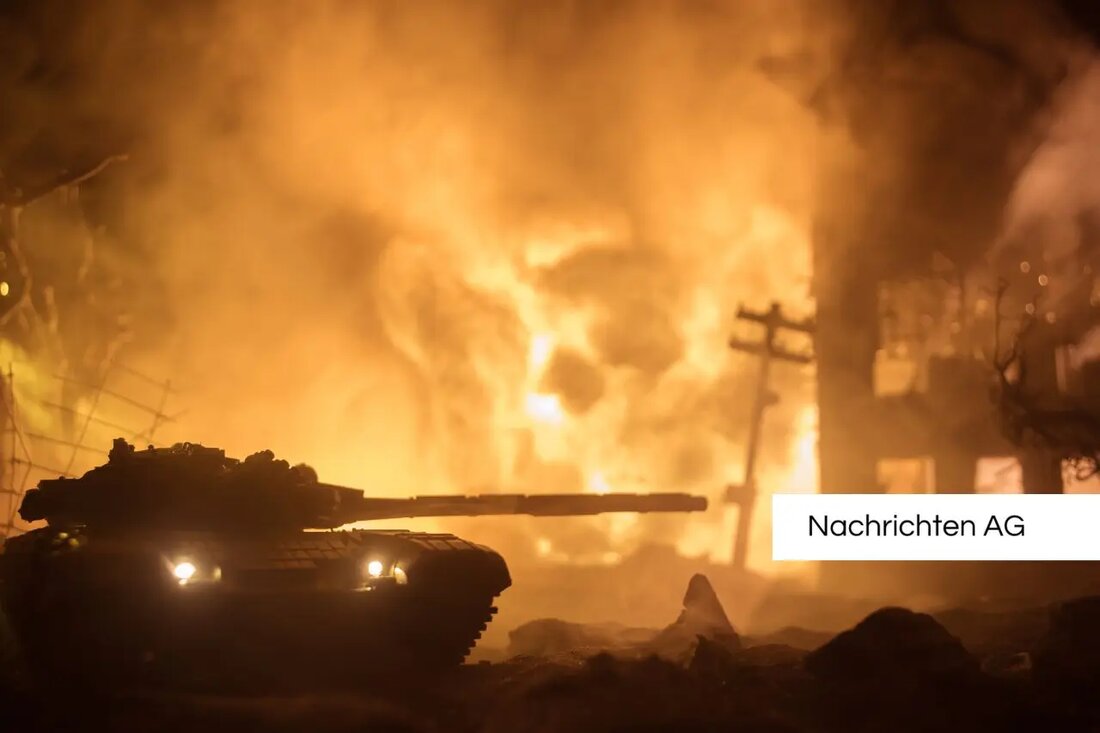Dortmund's dark past: memories of resistance and persecution
Dortmund's dark past: memories of resistance and persecution
On April 12, 2025, the events surrounding the liberation of the city will be traced in Dortmund by the Nazi rule in the historic live ticker. This live ticker, which deals with the events in April 1945, is updated with historical reports, contemporary witness signs, diaries, films and photos. Dortmund started taking on April 6, 1945 and dragged on for over a week. During this time there were longer phases without updates, since the Allies needed time, especially in the first days of the offensive, to conquer the city. There are uncertainties about the exact times of the individual events that make a precise chronology more difficult.
Die History of Dortmund during this time is characterized by serious and tragic events. On March 7, 1933, the swastika flag was raised on the Dortmund town hall, which marks the beginning of a dark era in the city. In the following years, Dortmund took a critical look at his past. These include the memorial in the Bittermark and the exhibition "Resistance and persecution in Dortmund from 1933 to 1945". Many roads were renamed; For example, the Rathenau-Allee of the Adolf Hitler-Allee fell victim to, and Stresemannstrasse was renamed Göringstrasse.
repression and persecution in Dortmund
National Socialist rule brought serious changes for Dortmund. All democratic and socialist newspapers were banned; The "Dortmund General-Anzeiger" was confiscated. City councilors of the KPD and SPD suffered persecution, were abused or taken in "protective custody". When Adolf Hitler was appointed honorary citizen of Dortmund on April 20, 1933, this honor was revoked after the war.
The resistance to the Nazi regime meant that Dortmund was unpopular in the National Socialist leadership. Over 30,000 political opponents were detained in the "Steinwache" Gestapogen prison. The Jewish population was systematically excluded; Around 2,000 of the 4,500 Dortmund Jews fell victim to the concentration camps. The first deportation of over 1,000 Jews to Riga took place on January 27, 1942; The last deportation took place on February 13, 1945 to Theresienstadt. Relatives of minorities such as Sinti and Roma were also persecuted and deported, which led to a cultural and economic decline in the city.
war and destruction
Dortmund was severely affected by bombing during the Second World War. A total of six attacks took place by March 12, 1945, which cost around 6,000 civilians and forced laborers. The city center was destroyed by 95 percent, which brought the urban infrastructure to collapse. When the Americans reached the city on April 13, 1945, they found a devastated rubble chaos.
The British military government and parts of the city administration began to think about a redesign of the city outside the historical core. This was a first step into the future after the darkness of the Nazi era had been thrown over Dortmund. The memory of this time is kept awake by various initiatives in the city in order not to repeat the mistakes of the past and to draw the lessons from it.
| Details | |
|---|---|
| Quellen | |


Kommentare (0)